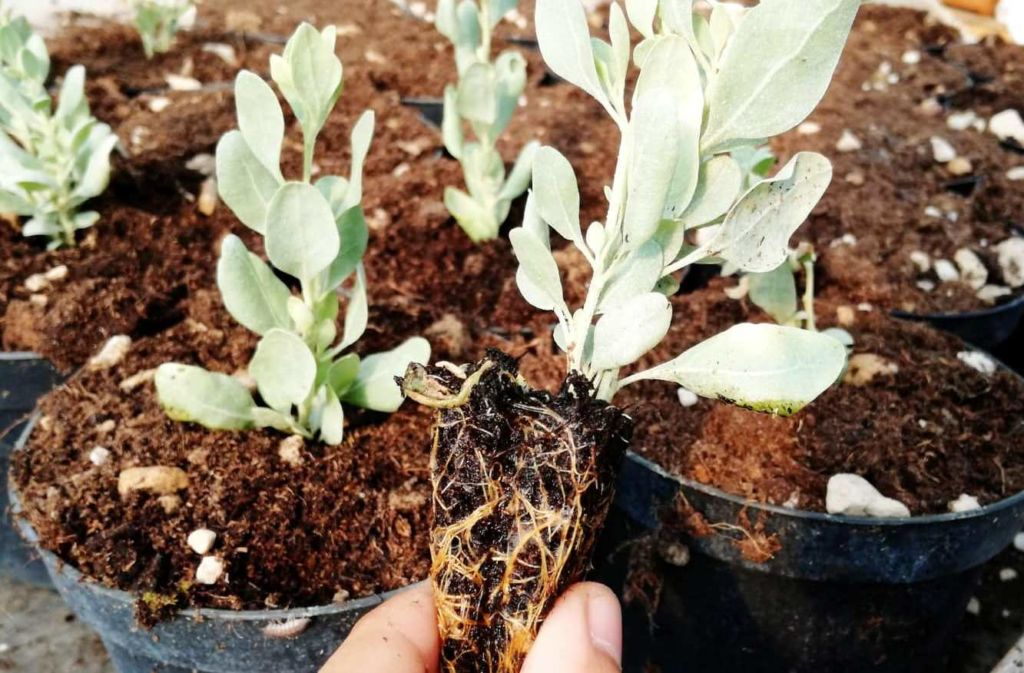
The roots: how they are and what types exist
The roots: how they are and what types exist
It is below the surface of the ground that a very important portion of the plants, which surround us and with which we surround ourselves, grows and develops. The roots constitute that set of underground structures belonging to the plant, which we can define as the "root system". These structures are involved in numerous physiological processes and are capable of performing various functions, fundamental for the development and existence of the plant itself. Suffice it to say that the root is the first structure to come out of the seed at the moment of germination and its possibility of taking root and giving life to a new young plant depends on it.
Although their position does not make them visible to our eyes, the roots constitute the hidden half of the green that surrounds us and it is not a little. Often in fact, concentrated on the defense of the productions, we risk neglecting the root, which instead constitutes the essential premise of the production itself. Without a good root a plant does not survive and does not produce.
The root systems have different types of conformation, all capable of carrying out fundamental functions in the life of the plant. Specifically, they define themselves taproots, the systems in which there is a main root longer than the lateral branches, which descends straight from the stem of the plant. Instead they are called collated, the roots in which the lateral branches are long or even longer than the central root.
Suitable for carrying out a wide range of functions, which include not only water absorption, but also the transport of water and nutrients, anchoring to the ground and supporting the plant itself, the roots also play a fundamental role in storage of reserve substances, in regulating relations between plants and in cooperating with other organisms present in the soil.

















